Why are roots growing UPWARDS?
jenia
14 years ago
Related Stories

HOUZZ TOURSHouzz Tour: Georgia Peach Grows California Roots
Southern Glamour and Bay Views Combine in Lush San Francisco Home
Full Story
EDIBLE GARDENSSummer Crops: How to Grow Tomatoes
Plant tomato seedlings in spring for one of the best tastes of summer, fresh from your backyard
Full Story
FARM YOUR YARDHow to Grow Vegetables in Containers
Get glorious vegetables and fruits on your patio with a pro’s guidance — including his personal recipe for potting mix
Full Story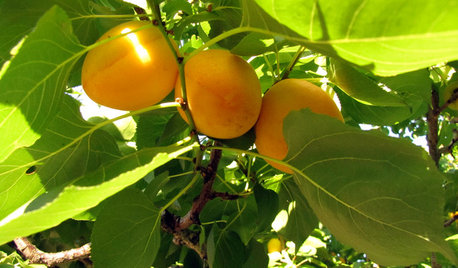
EDIBLE GARDENSHow to Grow Your Own Apricots
Velvety fruit, pretty blossoms and interesting bark make apricot trees a delight — and they’re great for smaller gardens
Full Story
EDIBLE GARDENSHow to Grow Your Own European and Asian Pears
Try these trees for their good looks, delicious fruit and wide range of sizes — plus you can espalier them
Full Story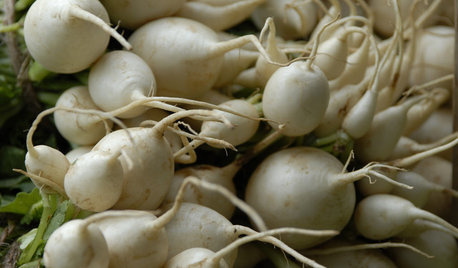
GARDENING GUIDESCool-Season Vegetables: How to Grow Turnips
Sweeter after a taste of frost, these often-overlooked root vegetables can be a surprisingly tasty part of your fall garden
Full Story0
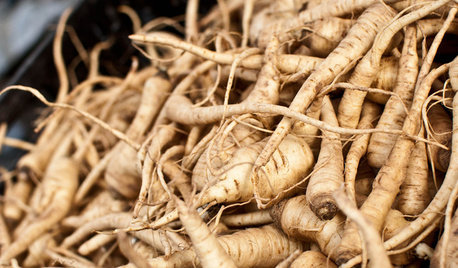
COOL-SEASON CROPSCool-Season Vegetables: How to Grow Parsnips
This unfairly maligned root vegetable is the ideal choice for a winter garden, sweetening with the frost and having a long storage life
Full Story
GARDENING GUIDESThe Beauty of Bare-Root Plants
Plant dormant trees and shrubs in fall using the easy, affordable bare-root method and enjoy beautiful results in spring
Full Story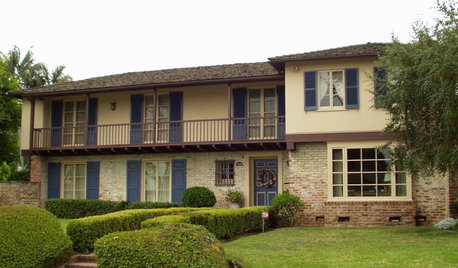
ARCHITECTURERoots of Style: Colonial Monterey Sets the Stage for Unique Design
French, Spanish and English features mix in enigmatic Monterey-style architecture. Here's how to recognize this type of home
Full Story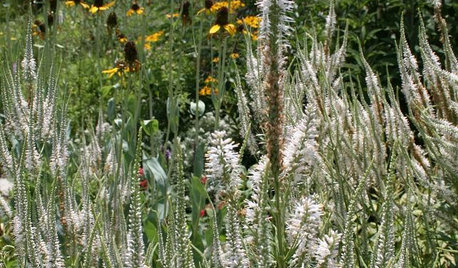
CENTRAL PLAINS GARDENINGGreat Design Plant: Culver's Root
Spiky summer blooms beloved by butterflies and architectural interest in winter make this Midwest native plant worth featuring in the garden
Full Story


tapla (mid-Michigan, USDA z5b-6a)
jeniaOriginal Author
Related Discussions
Why are the roots growing differently in different containers?
Q
Leaves growing straight upward
Q
Sempervivum Chick Growing Upwards?
Q
Why would a Peace Lily grow almost no roots over the course of a year?
Q
gorgi
jeniaOriginal Author
ricortes
satellitehead
satellitehead
tapla (mid-Michigan, USDA z5b-6a)
satellitehead
thisisme
danab_z9_la
tapla (mid-Michigan, USDA z5b-6a)
jeniaOriginal Author
satellitehead
gorgi
tapla (mid-Michigan, USDA z5b-6a)
danab_z9_la
gorgi
satellitehead
tapla (mid-Michigan, USDA z5b-6a)
ottawan_z5a
tapla (mid-Michigan, USDA z5b-6a)
satellitehead
thisisme
tapla (mid-Michigan, USDA z5b-6a)
satellitehead
tapla (mid-Michigan, USDA z5b-6a)
ricortes
tapla (mid-Michigan, USDA z5b-6a)
Ryan Avery